How DJ’s manage their volume (Gain/Trim)…
Setting your gain structure and controlling your levels is a critical part of every DJ routine. Often overlooked and the main cause of bad sounding audio and mixes, it’s important for every DJ to know how and when to adjust the gain.
What is Gain?
The first thing to know is that the Gain as it’s some times called is not a volume control. It does affect the overall volume of a track but by boosting the signal, meaning that you can easily add distortion and unwanted noise to the track that is playing if you aren’t careful. You’ll want to set the gain level high enough to bring up the level of the signal, but not so high that you’ll get clipping or distortion in the signal. On DJ mixers you can see the actual signal strength by looking at the VU meters, usually found to the side of the channel on most mixers.
Where is the gain control on a mixer?
Found at the top of a channels EQ, the gain or trim as it’s sometimes called is usually a different colour and shaped knob to the rest of the EQ controls. This is intentionally done so you don’t accidentally change the gain instead of the EQ. We also have a master gain control for the overall level of the output from the mixer. Again, treat this as a gain and not a volume control. The signal that leaves the mixer is then amplified meaning it’s important not to add distortion as this will not only ruin the sound quality but could damage the speakers it’s played from. 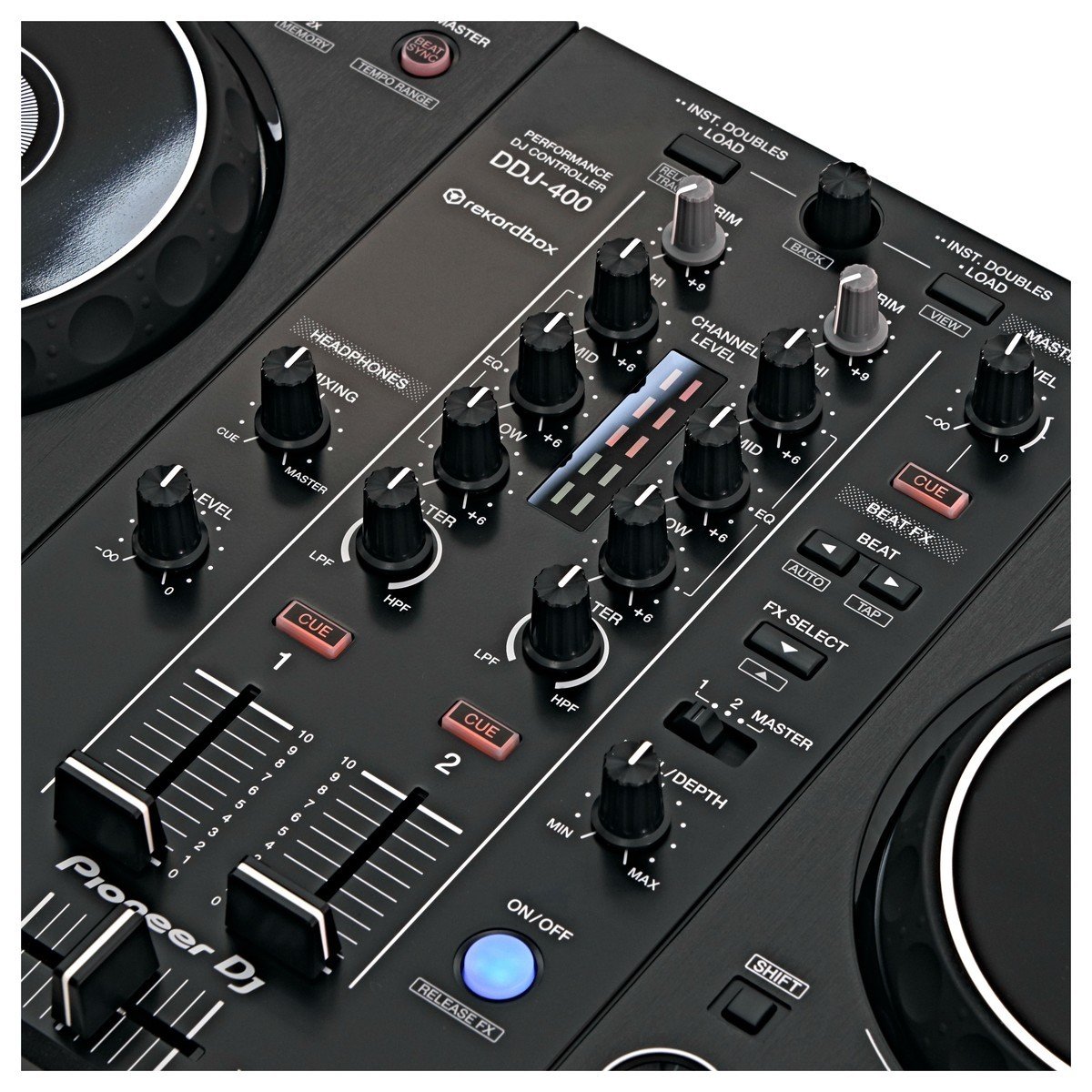 Most DJ software also have gain controls built in to the applications. Just like the hardware, there are gain controls for both the virtual decks and the master out. It’s important to remember that if you set these too high you will running the same risks as you would with the hardware.
Most DJ software also have gain controls built in to the applications. Just like the hardware, there are gain controls for both the virtual decks and the master out. It’s important to remember that if you set these too high you will running the same risks as you would with the hardware. 
 Here you can see the gain controls in Serato DJ Pro and Rekordbox with the virtual VU meters displayed.
Here you can see the gain controls in Serato DJ Pro and Rekordbox with the virtual VU meters displayed.
What’s the right amount of gain?
To set your gain levels correctly it’s important to remember that each track was produced or recorded differently and we have to compensate for this. Also, tracks will gain and drop in volume throughout so be mindful to leave yourself some headroom to account for any peaks in the track. At no point should your track be reaching the red lights on the VU meter, it’s best practice to have the very peaks of your track bouncing inside the orange area. Remember when mixing two tracks together you will be doubling up on some frequencies during the mix, so try dropping the gain of the incoming track to compensate before returning it to a higher level once the mix is complete.
Video Guide
Want to learn more DJ skills?
Here are some of our best selling courses!
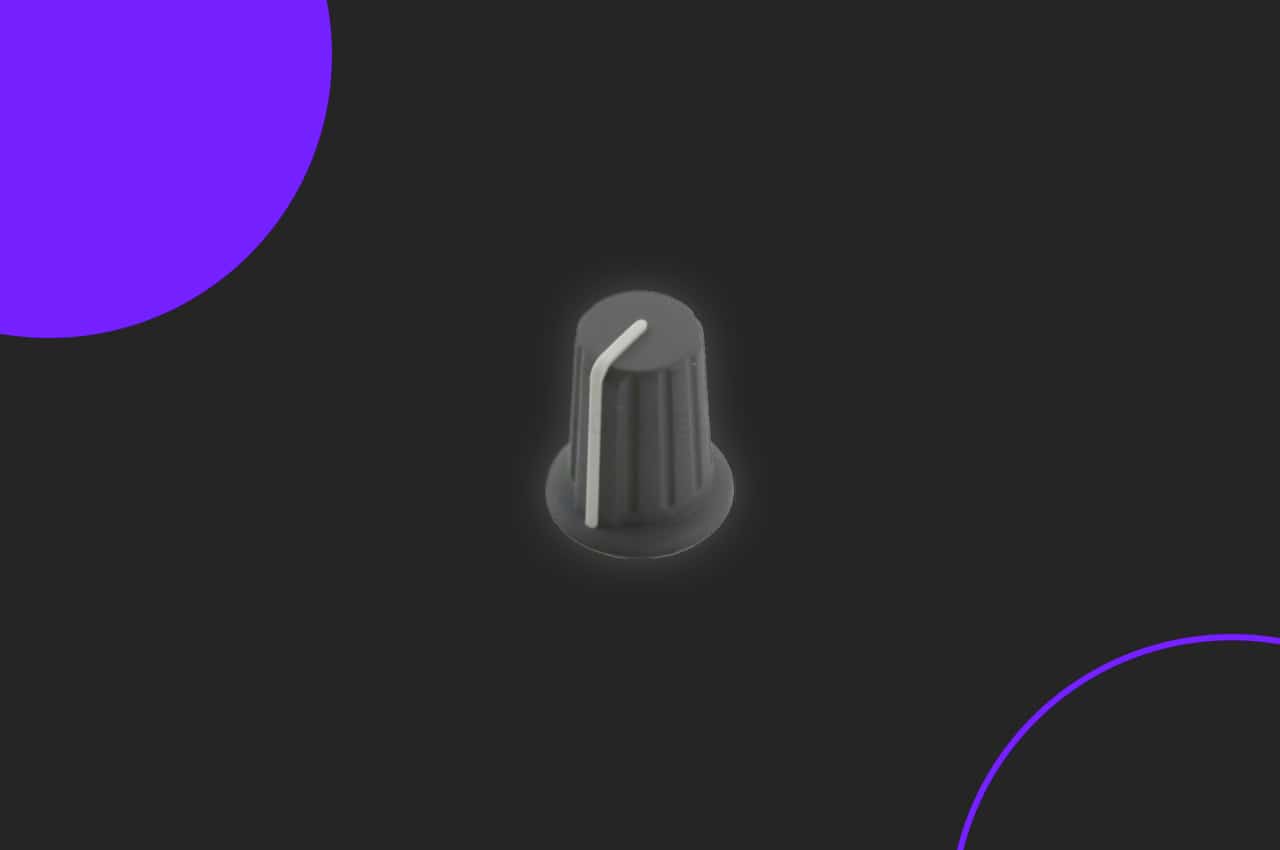
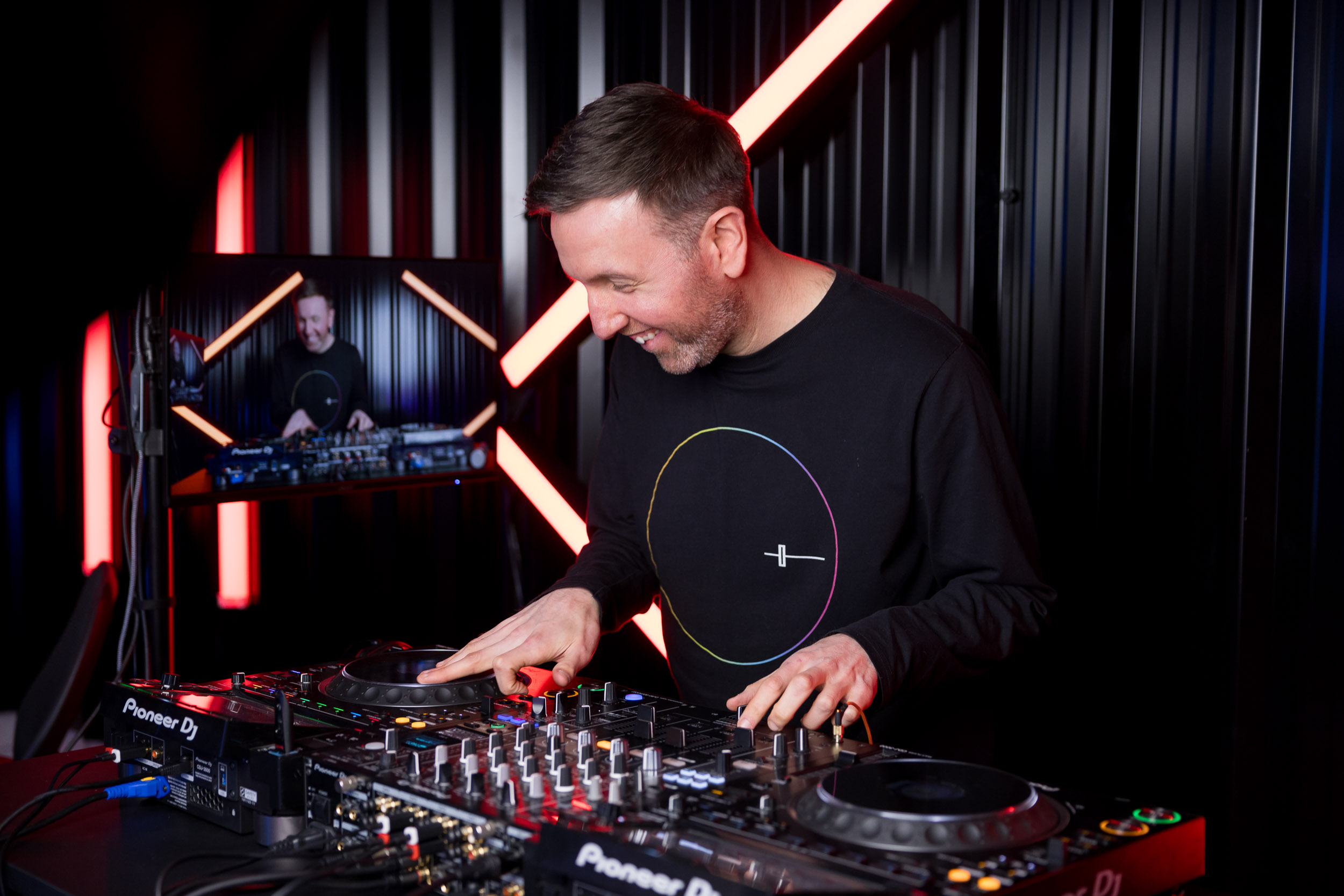

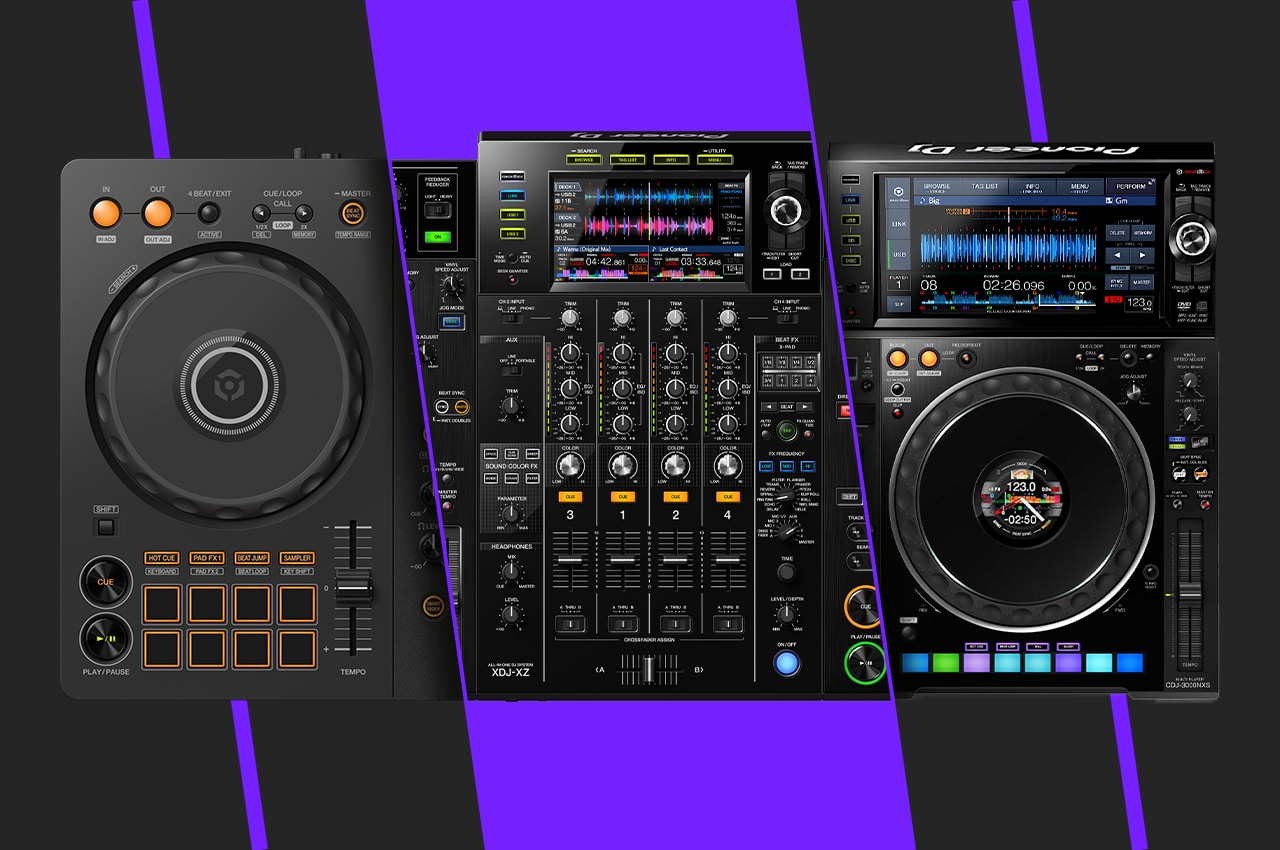
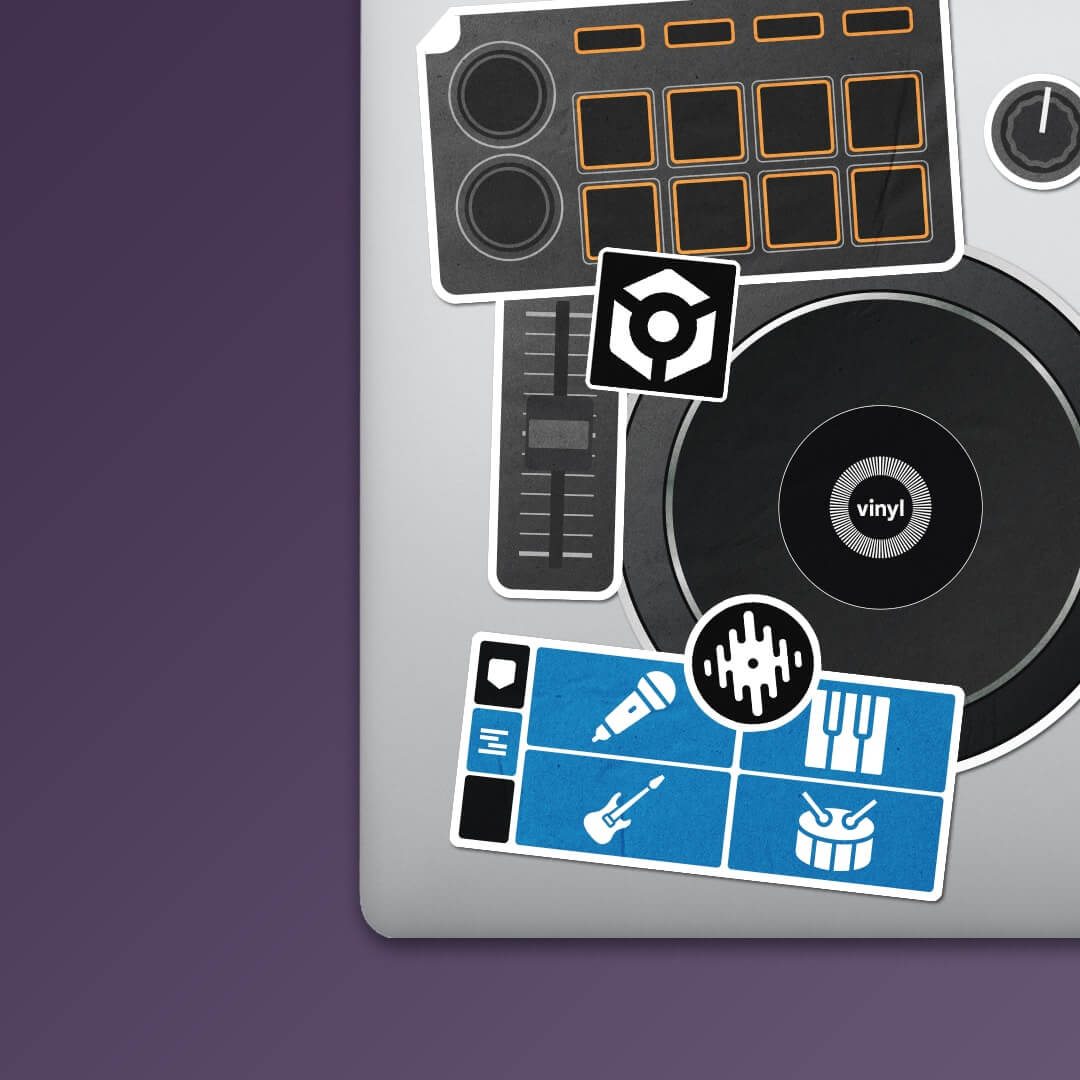
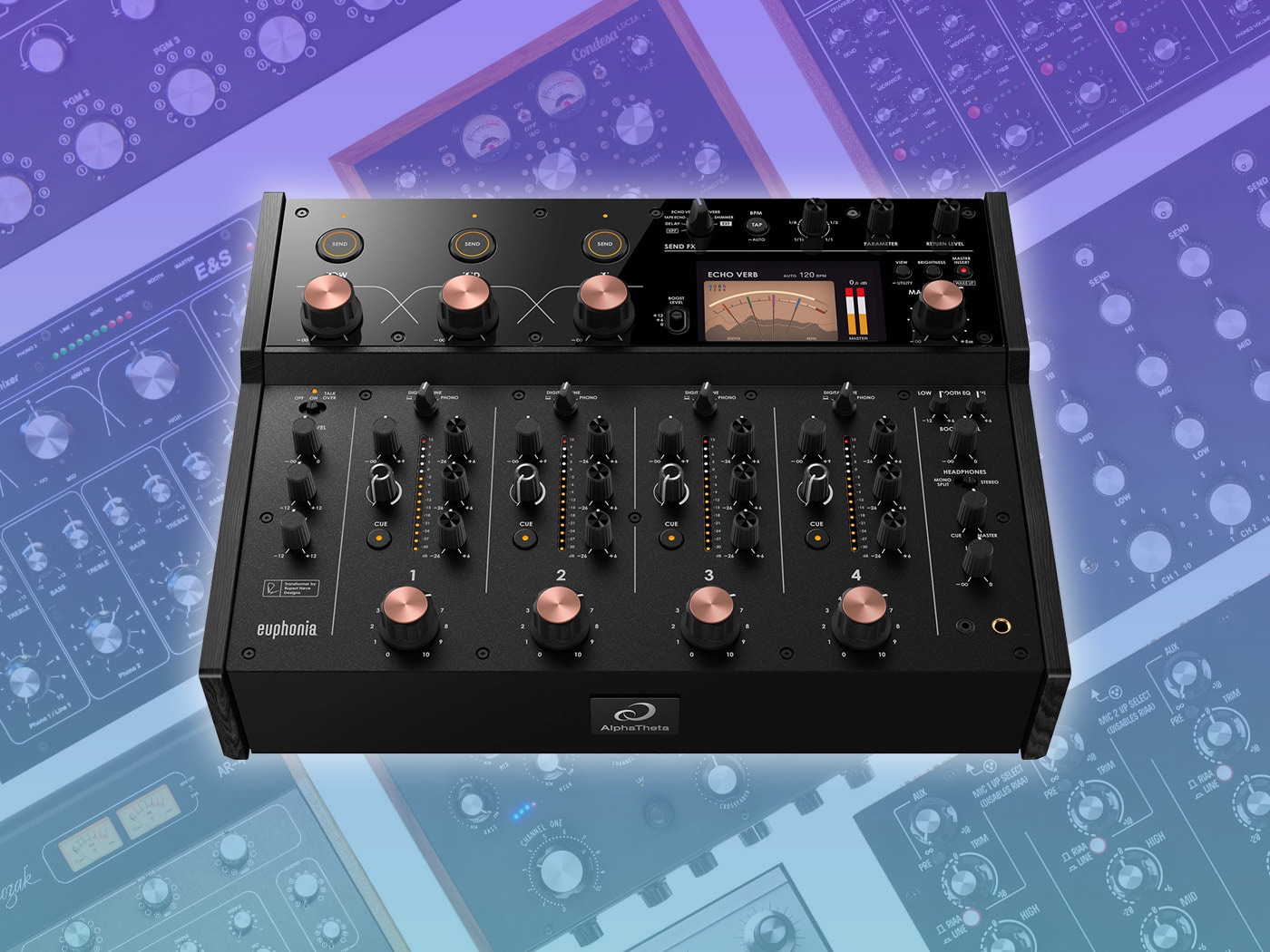
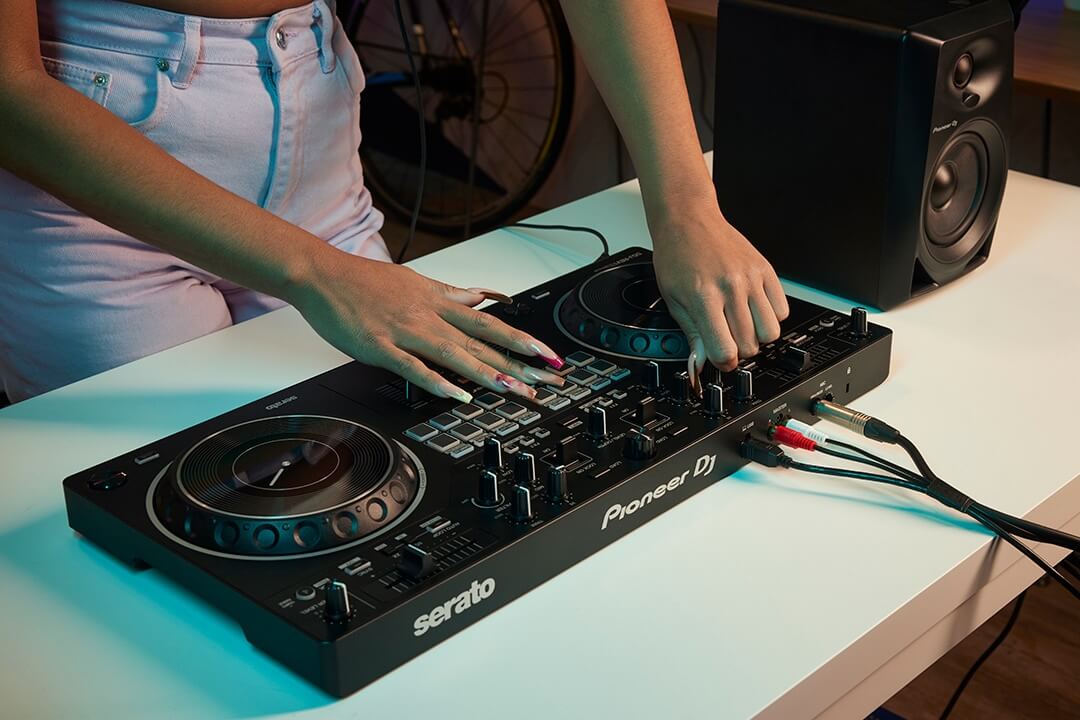
0 Comments